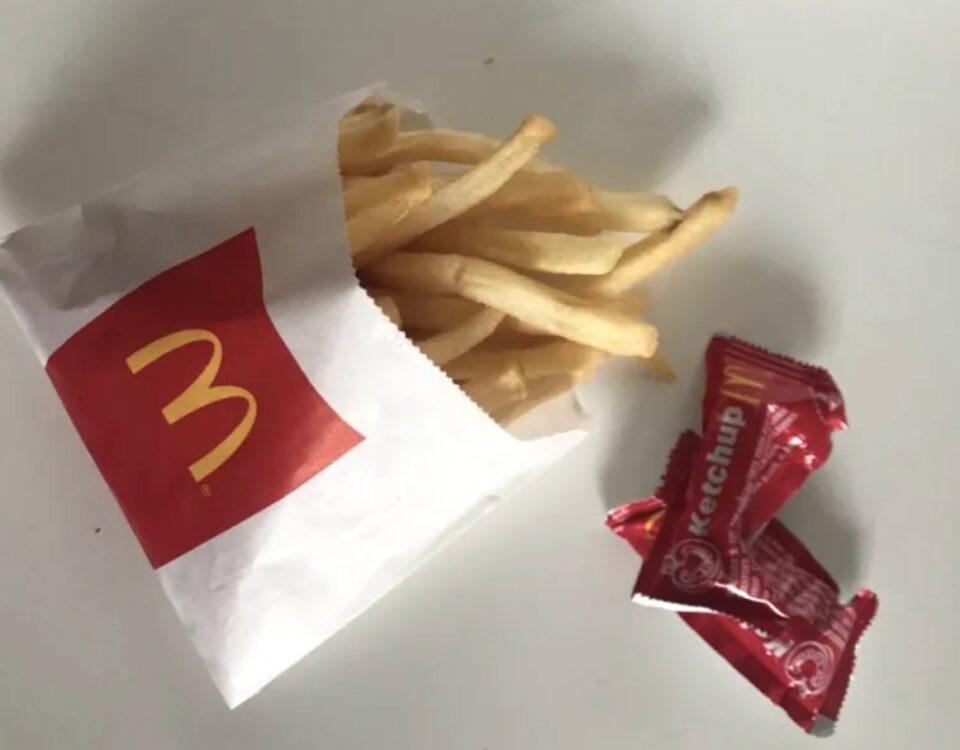
Just Ask Jenna Looks at Morning Coffee Spending
October 30, 2025
October 2025 Friday’s e-links: Explaining the Present With the Past
October 31, 2025Jeopardy was born when 1960s talk show host Merv Griffin had one of those “Wow” moments. Brainstorming show ideas on a plane with his wife, they thought of having contestants give the answer before the question. Merv presented the idea to NBC, and the rest of the story is TV history.
Still, they needed some THINK music.
Sound Products
Jeopardy Think Tune
Our Jeopardy music started when Merv Griffin’s 3-year-old son could not sleep. Whipping up a melody, “A Time For Tony,” Merv later recalled the lullaby when Jeopardy needed final round music. They added a metronome’s tick tock, slightly modified the tempo, and wound up with the tune we all know. According to a 2021 survey, the Jeopardy THINK song is the most recognized TV theme tune.
The Apple Chime
During the early 1990s, Apple designer Jim Reekes wanted to change a “horrible” Mac tritone. Believing that the startup sound framed our entire experience, he replaced it with a “fat C-major chord.” In 1998, Apple switched to the G Flat / F Sharp major chord that many of us know:
Snap Crackle and Pop
From the beginning in 1928, Kellogg’s told us that its Rice Krispies “merrily snap, crackle and pop in a bowl of milk.” Amazingly, almost 90 years later, hearing “snap, crackle pop,” we still think of Rice Krispies:
Chips
However, a sound can create a problem.
Frito-Lay proudly let the world know in 2010 that they had created the “World’s first 100% compostable chip package.” Less obvious was a second note saying, “This bag is louder because it is compostable.” Consumer Reports said it was twice as loud as a Tostitos bag. Others compared it to a jet engine.
And that was the problem. After sales declined by 11 percent, Frito-Lay returned five of its six Sun Chips flavors to their old bags.
Do listen. It really is irritating:
Our Bottom Line: Product Differentiation
Like the Jeopardy Think melody or Apple start-up chime, when a sound uniquely defines a firm’s identity it can become intellectual property that is protected with a copyright or trademark from the U.S. government.
Calling them auditory cues, the Wall Street Journal tells us that sounds can suggest an appealing quality like luxury or freshness. For Rice Krispies, the snap crackle and pop were so appropriate that they forever gave us a good feeling about the cereal. Even when the sound is not in an ad, it can sell a product. The key though is that the sounds separate the product from the crowd.
For sellers who engage in monopolistic or oligopolistic competition, product differentiation is a must. Whereas perfectly competitive firms sell identical products like potatoes, and monopolies have no competition, those who compete along the middle of the market structure continuum are the ones that need product differentiation.
A competitive market continuum:

My sources and more: Thanks to this Smithsonian podcast for tracking Jeopardy music. Then, we went back to econlife archives, here and here, for more sound history.
Please note that several of today’s sentences were in a previous econlife post.
![econlifelogotrademarkedwebsitelogo[1]](/wp-content/uploads/2024/05/econlifelogotrademarkedwebsitelogo1.png#100878)



